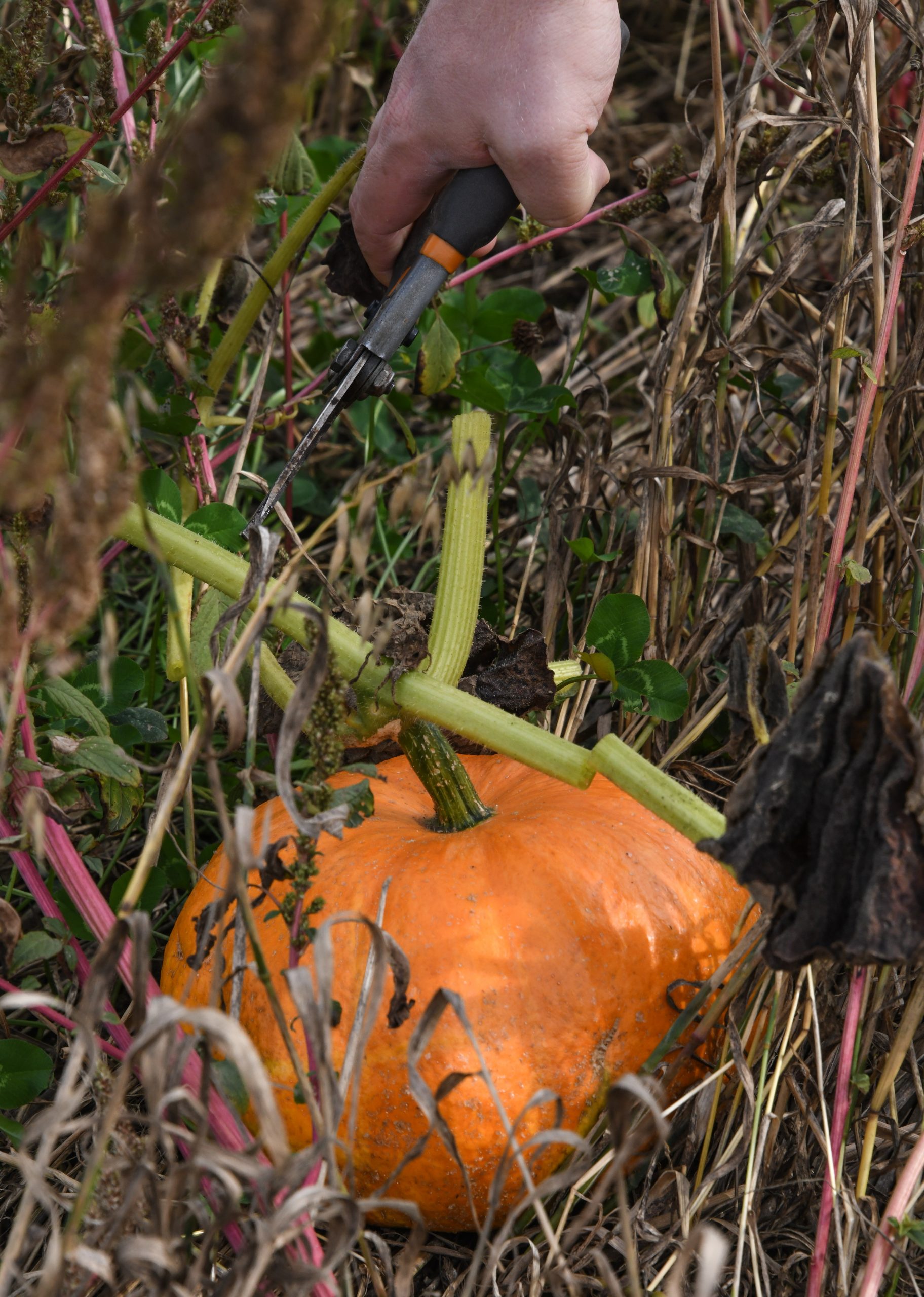Taking Sides on Turkey Day Take 2
The countdown to turkey day has begun! Rather than take up valuable shopping and cooking time talking about the history of Thanksgiving side dishes, this year I’ll share a few recipes for easy and fabulous offerings. Whether you’re hosting a huge feast for family and friends, traveling to a potluck or holding an intimate dinner for two, the following sides will surely satisfy. For additional Thanksgiving recipes, check out Kitchen Kat’s 2011 entry on Taking Sides for Turkey Day. “TOP” (TURNIP-ONION-POTATO) CASSEROLE Serves 4 to 6 2 turnips, trimmed and cut into chunks 1 large red onion, cut in half and then quartered 1 large yellow onion, cut in half and then quartered 1 yam, peeled and cut into chunks 1 Idaho potato, peeled and cut into chunks 3 red bliss potatoes, washed and quartered 1 large orange bell pepper, cut into chunks 8 cloves garlic, peeled and halved 1/3 cup olive oil freshly ground black pepper, to taste 4 ounces Haloumi cheese, thinly sliced Preheat the oven to 400 degrees Fahrenheit. Coat the interior …
